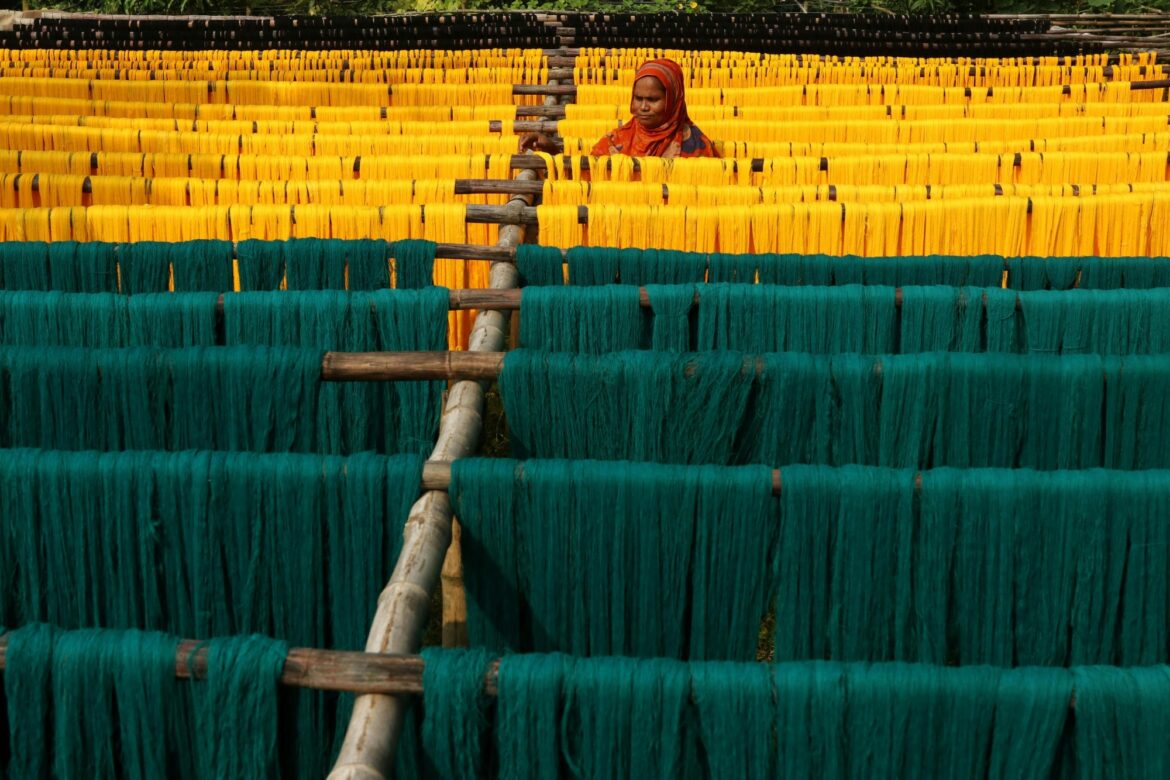The Bangladesh High Commission in New Delhi has opened the first-ever Jamdani Exposition at the National Crafts Museum, giving visitors a close look at Bangladesh’s famed Jamdani textiles and drawing praise for the display of rare pieces and live demonstrations. Curated by craft and textile revivalist Chandrashekhar Bheda, the five-day exposition brings master weavers and a selection of finely woven Jamdanis, including two rare pieces about one hundred and fifty years old, and sets out to share the fabric’s history and craft with a wider audience. Visitors are invited to watch weavers work live, see how Jamdani motifs are formed by hand, and learn why the cloth is so light and transparent. Bheda has stressed that Jamdani cannot be copied by machines, and that its gentle weave feels almost like air. Other speakers at the opening spoke of Jamdani’s deep roots in Bengal’s textile past and compared its place to that of the old muslin that once won fame across the world. A noted designer described Jamdani as a form of quiet luxury that takes patience and skilled hands, and a filmmaker called the cloth a shared delight of light and texture that can bring people together. The idea for the show came from the Bangladesh High Commissioner to India, who said earlier displays of Jamdani inspired a full exposition to let more people discover the craft. Two national award-winning weavers, Mohammad Jamal Hossain and Mohammad Sajeeb, are demonstrating traditional techniques during the event so visitors can see each step of the work and better value the time it takes to finish a piece. The inauguration drew diplomats, artists, designers and textile lovers, turning the show into a cultural bridge that links makers and buyers across borders. Organizers hope the exposition will help preserve Jamdani by raising interest in its care, encouraging purchases that support artisans, and inspiring training that passes skill to younger weavers. With Jamdani already recognized as an intangible cultural heritage by an international body, the showcase also points to ways craft and culture can help local economies and keep old skills alive. The event mixes learning, beauty and commerce in one place, and offers a rare chance for people to feel the fabric, watch the loom, and take home a story woven by hand. A respected designer praised Jamdani as “woven air” and noted how traders once sought the cloth. A filmmaker at the opening said the fabric can unite people through a shared love of craft. By bringing such voices, the exposition aims to make Jamdani easier to find and to encourage buyers to value handmade work. Many visitors left with respect for the weavers and hope that careful buying will keep the craft strong.
New Delhi’s First Jamdani Showcases Bangladesh’s Handwoven Heritage to the World
13


